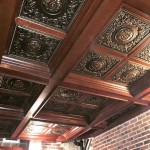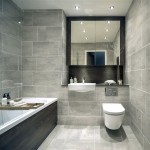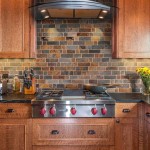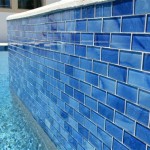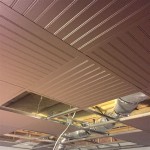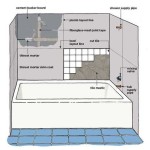Making a Seamless Transition Between Tile and Wood Flooring in Bathroom
Creating a seamless flow between tile and wood flooring in a bathroom can be a stylish and functional design element. This approach not only enhances visual appeal but also addresses practical considerations like water resistance and slip resistance in high-traffic areas. Here's a comprehensive guide outlining key points to consider when achieving a seamless transition in bathroom flooring.
1. Selecting the Right Materials
The choice of materials significantly impacts the success of the transition. The first decision involves choosing between tile and wood flooring. For bathrooms, tile offers superior water resistance and durability, making it ideal for areas prone to moisture and spills. Wood, while aesthetically pleasing, requires careful consideration in areas exposed to water.
When opting for wood flooring, engineered hardwood or bamboo flooring with a moisture-resistant finish is recommended. These materials offer a balance of elegance and practicality.
2. Defining the Transition Point
The location of the transition zone plays a vital role in the visual flow and functionality of the space. Common transition points include:
- Shower or Tub Area: Often, the transition occurs between the shower or tub enclosure and the rest of the bathroom, creating a natural separation between wet and dry zones.
- Vanity Area: Placing the transition at the vanity area establishes a visually distinct zone while creating a sense of separation between the sink and the rest of the bathroom.
- Entrance: The entrance of the bathroom is another suitable location for the transition, clearly marking the boundary between the bathroom and other areas of the house.
Consider the layout, functionality, and desired aesthetic when selecting the most appropriate location for the transition.
3. Techniques for Seamless Integration
Achieving a seamless transition requires careful planning and execution. Here are common techniques:
A. Using a Transition Strip
Transition strips are readily available in various materials like metal, wood, or tile. These strips provide a clean and defined boundary between tile and wood flooring. They come in different styles and finishes, allowing you to choose a strip that complements the overall design.
B. Installing a Threshold
A threshold is a raised piece of material, typically made of wood, that is installed at the transition point. It helps create a visual separation while allowing for easy movement between the two flooring types. Thresholds can be customized to match the flooring materials or create a contrasting accent.
C. Leveling the Flooring
In some situations, leveling the flooring can create a seamless transition. This involves ensuring that both the tile and wood flooring are at the same height, creating a smooth flow between the two surfaces. This technique requires careful measurements and installation, ensuring proper leveling for a flawless finish.
D. Inlay Flooring
Inlay flooring involves incorporating tiles or wood pieces directly into the other flooring type. For instance, individual tile pieces can be inlaid into a wood floor, or wood planks can be incorporated into a tiled floor, creating a custom and visually cohesive transition.
4. Considerations for a Successful Transition
Beyond the above techniques, several factors influence the success of the transition:
- Matching Flooring Colors and Styles: Choosing flooring materials with complementary colors and styles enhances the visual flow. Opting for similar tones or patterns allows for a seamless blend, creating a cohesive look.
- Ensuring Proper Installation: Proper installation is crucial for a flawless and durable transition. Seek professional installation services for intricate transitions to avoid potential issues.
- Addressing Potential Movement: Wood flooring is susceptible to expansion and contraction due to humidity. Consider using suitable underlayment for wood flooring to minimize any movement and potential gaps at the transition.
By carefully considering these factors, you can create a stylish and functional transition between tile and wood flooring in your bathroom, creating a seamless and cohesive design aesthetic.

Transition Time How To Connect Tile And Hardwood Floors

Tile To Hardwood Transition Strips Handling Flooring Transitions

Tile To Hardwood Transition Strips Handling Flooring Transitions

Seamless Kitchen Tile To Wood Floor Transition Ideas Decoist

How To Transition Between Floor Surfaces Heavenly Heat

Your Complete Guide To Flooring Transition Strips Builddirect

Tile To Hardwood Transition Strips Handling Flooring Transitions

Seamless Flooring Transitions Tips For Whole Home Remodel

Guide To Flooring Transition Strips Nufloors

Tile To Wood Floor Transition Ideas 11 Clever Ways Atlas Ceramics
Related Posts

